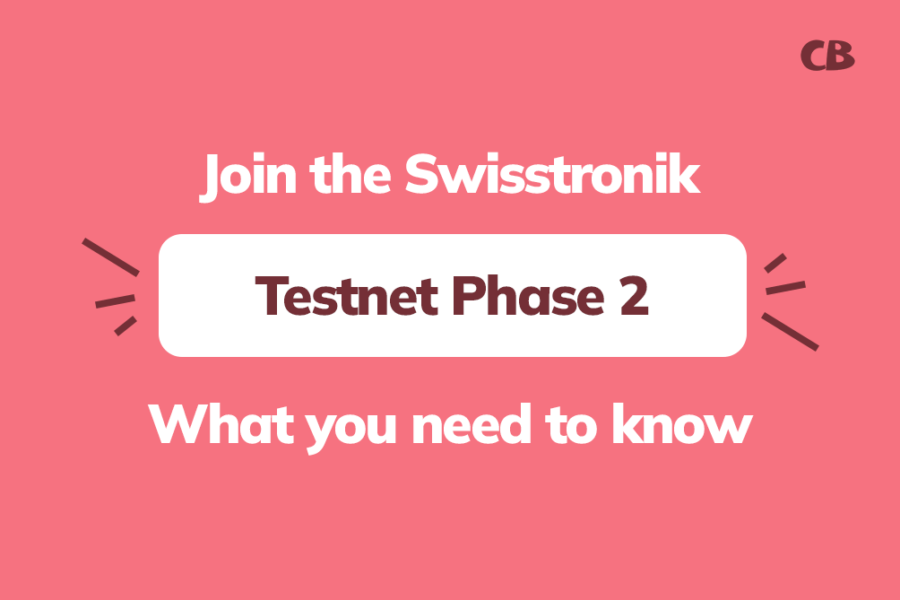What do we mean when we say that validators are capturing all the value?
I was in an AMA session hosted by Curvance earlier today, where one of the speakers talked about how validators were taking up all the value and how Curvance could get some of it.
It was interesting to gain more context about how this value could be split to favour not just the validators, but also the lenders and DEFi projects making lending/borrowing possible.
But you may be wondering, what do we mean when we say that validators are capturing all the value?
See also: A Newbie’s Guide to Testnets
When we say that validators are capturing all the value in relation to MEV (Maximal Extractable Value), it means that validators, who are responsible for creating new blocks on a blockchain, can make significant profits from the transactions they process.
MEV represents the potential value (profit) that can be gained by reordering, including, or excluding transactions within a block.
For example, if a validator sees a very profitable transaction (like a trade or a liquidation), they can prioritise it or even make a similar transaction before others to capture that value.
In many cases, this value is derived from various strategies employed by MEV bots, such as front-running or back-running transactions. These bots can identify profitable opportunities and act on them, often at the expense of regular users.
In the context of validators capturing all the value, it means that these validators are receiving a substantial portion of the profits generated by MEV activities. For instance, in some scenarios, a MEV bot might make a large profit from a transaction but end up paying a huge bribe to the validator to ensure that their transaction is included in the block. This can lead to situations where the validator receives a large share of the MEV profits while the bot retains only a tiny fraction.
I’ll paint another scenario to explain this value extraction.
Mine $SAUCE daily in the Sauces airdrop 💥 More details HERE 👈
Imagine you and your friends are waiting in line to buy ice cream, and the person selling the ice cream (the validator) gets to decide who gets to buy first. Sometimes, there’s a really special deal or a rare flavour, and everyone wants it. The ice cream seller notices this and decides to cut in line and buy the special ice cream for themselves or let their best friend go first to get it.
In the world of blockchains, MEV is like this ice cream deal. Validators are in charge of putting transactions (like trades) in order. And when there’s something valuable happening (like a great trade opportunity), they can jump in and grab the “best ice cream” (the value) for themselves before anyone else can.
So, when we say validators are capturing all the value, it means they are the ones taking all the best deals for themselves and making the most money from it, just like the ice cream seller taking the rare flavour before anyone else.
What Are the Potential Risks Associated With MEV for Users?
The potential risks associated with Miner Extractable Value (MEV) for users include:
Front-Running and Back-Running: MEV bots can exploit transaction ordering to front-run (execute a transaction before a user’s transaction) or back-run (execute a transaction immediately after a user’s transaction) to profit at the user’s expense. This can lead to users receiving worse prices for their trades than they intended or losing out on profitable opportunities.
Sandwich Attacks: In a sandwich attack, an MEV bot places orders around a user’s transaction to manipulate the price. For example, if a user places a large buy order, the bot might buy the asset first (front-running) and then sell it after the user’s order is executed, effectively profiting from the price increase caused by the user’s transaction.
Increased Transaction Costs: As MEV bots compete to capture value, they may bid up transaction fees (gas prices) to ensure their transactions are prioritised. This can lead to higher costs for all users, making it more expensive to transact on the network.
Loss of Funds: Users can face huge losses due to mistakes or malicious actions facilitated by MEV bots. For instance, if a user makes a fat-finger error (e.g., entering the wrong amount for a transaction), an MEV bot can quickly exploit that mistake, capturing the value before the user can react.
Mine $DRX daily in the DoctorX airdrop 🔥 More details HERE 👈
Market Manipulation: The presence of MEV bots can lead to market manipulation, where the actions of these bots distort the true market price of assets. This can create an unfair trading environment for regular users who are not equipped to compete with sophisticated bots.
Centralization of Power: As MEV extraction becomes more lucrative, it may lead to increased centralisation in the validator ecosystem. Validators who can effectively capture MEV may gain disproportionate rewards, leading to a concentration of power and influence within the network.
Unpredictable Outcomes: The competitive nature of MEV extraction can create unpredictable outcomes for users. The strategies employed by MEV bots can lead to sudden price swings and volatility, making it difficult for users to anticipate the effects of their transactions.
Ethical Concerns: The practices surrounding MEV raise ethical questions about fairness and the integrity of the blockchain ecosystem. Users may feel that they are at a disadvantage in a system where bots can exploit their actions for profit.
Overall, while MEV can create opportunities for profit, it also introduces significant risks and challenges for users, highlighting the need for greater awareness and potential solutions to mitigate these issues.
Final Thoughts
As the competition among MEV bots intensifies, the margins for profit can shrink, leading to a scenario where validators benefit disproportionately from the efforts of these bots. This raises questions about the fairness of the system and whether validators should be rewarded so generously for their role, especially when the value they capture is largely a result of the activities of others.
Overall, the dynamics of MEV and validator rewards highlight the complexities of incentives within blockchain ecosystems and the ongoing discussions about the implications of such practices for decentralisation and fairness in the network.
TLDR: Validators can make extra money by choosing how to arrange transactions in the blocks they produce, and capturing all the value means they are the ones benefiting the most from this.


